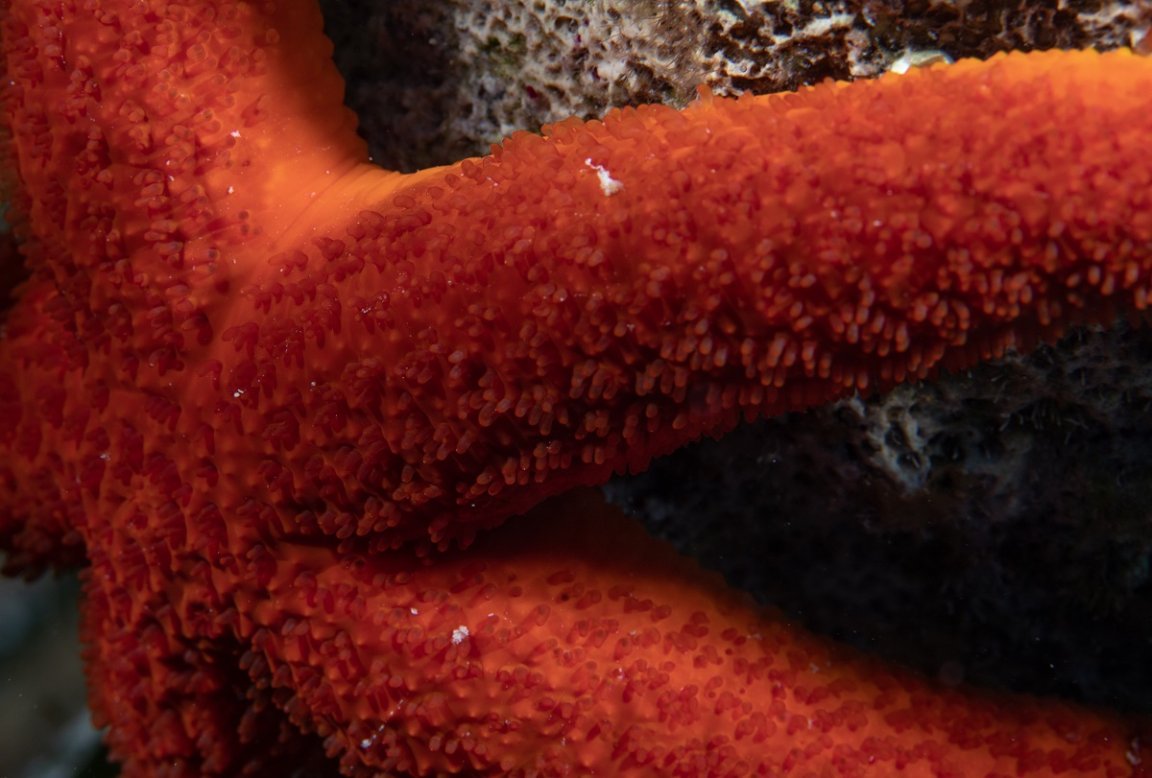
Heads Up
Where exactly is the head of a starfish? Zoologists, after being stumped for centuries, may finally have an answer.
According to a new study published in the journal Nature, starfish don’t just have a head. They are a head, and their so-called “arms?” They’re just heads too, because as it turns out, a starfish barely has a body at all.
“It’s as if the sea star is completely missing a trunk, and is best described as just a head crawling along the seafloor,” said lead author Laurent Formery, a biologist at the University of Stanford, in a statement about the work. “It’s not at all what scientists have assumed about these animals.”
Body Horror
The research may unlock a new understanding of creatures known as echinoderms, which include sea cucumbers and sea urchins, whose bizarre bodies and mysterious evolution have long puzzled scientists.
Starfish and other echinoderms exhibit radial symmetry, or symmetry across a central axis like a flower. That’s considered weird for animals, which mostly exhibit bilateral symmetry, making it difficult to pinpoint starfish bodily functions.
Stranger still, starfish aren’t even born that way, and it’s only after undergoing metamorphosis that they gain their remarkably unique form. From fertilized eggs they become free-floating larvae, similar to plankton. After several weeks they eventually fall to the ocean floor, where they mesmerizingly transform from a bilateral body into a pentaradial one, or with five points.
“This has been a zoological mystery for centuries,” said study co-author Christopher Lowe, a Stanford biologist, in a press release. “How can you go from a bilateral body plan to a pentaradial plan, and how can you compare any part of the starfish to our own body plan?”
Express For Success
While we may not appear to share much in common with starfish, genetics reveal all — if you know where to look.
The researchers used what’s known as RNA tomography to create a 3D map of a starfish’s gene expression, allowing them to see how different genes were behaving as the creature developed. They focused on the locations of genes that control the starfish’s ectoderm, which includes its nervous system and skin, labeling them with fluorescent dyes.
Genes associated with head development turned up all over the starfish form, including in each of its “arms.” Yet, by contrast, genes coding for a trunk or torso were almost never expressed.
“These results suggest that the echinoderms, and sea stars in particular, have the most dramatic example of decoupling of the head and the trunk regions that we are aware of today,” said Formery.
As to what this means for how echinoderms evolved: “It just opens a ton of new questions that we can now start to explore,” Formery added, because their fossil record shows that their ancestors appeared to have a trunk.
More on sealife: We Checked in With the Scientists Who Discovered That Mysterious “Orb” Thing Two Miles Underwater